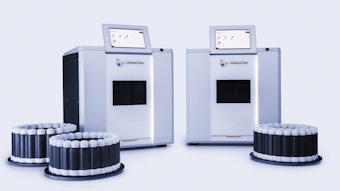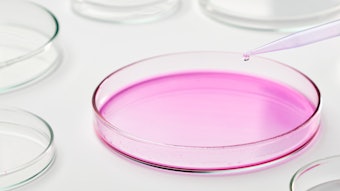From the column editor: Molecular modeling has been used in the pharmaceutical industry for years to predict how a new molecule may work based on research conducted with molecules of a similar structure. This approach can help to reduce the costs of determining which new molecules to test and target for commercialization. The cosmetics industry has also begun to use this technology to predict the behavior of new molecules on skin and in skin care applications. This month, I welcome Jean-Francois Nicolay, PhD, from Exsymol S.A.M. to present an overview of molecular modeling and its application in skin care. His educational background focused both on biology and chemistry, culminating in a doctoral degree in organic chemistry. He then joined the pharmaceutical company Mayoly-Spindler as a medicinal chemist, where he worked on morphine derivatives, antifungal macrolides and therapeutic peptides. After a short passage in the diagnostic industry, he joined Exsymol S.A.M. in 1991 as the head of its chemistry department. In this role, Dr. Nicolay has applied the techniques of medicinal chemistry to the design of cosmetic active ingredients. He became Exsymol’s research manager in 1999.
There is increasing demand for comprehensive data about the destiny of a cosmetic product following its application to the skin. For instance, data on percutaneous absorption is needed for efficient risk assessment to determine systemic exposure. This data is also very useful for efficacy assessment of skin care products.
The bioavailability of an active ingredient—i.e., its ability to reach a biological target within the skin—must be compatible with the claimed activity. In fact, the epidermis forms an effective barrier, and penetration into the skin is difficult to achieve. A painful reminder of this is the fact that a needle is necessary for the subcutaneous injection of a vaccine or a drug. Formulations that are adapted with barrier-disrupting additives can help to enhance penetration but undesirable “guests,” such as the constituents of the preservative system, may also take advantage of this permeation.
An alternative strategy is tailoring the active ingredient to improve its bioavailability. Molecular modeling, structure-activity relationship studies (SAR) and metabolization estimations are new approaches in the cosmetic field that can bring important benefits. Application of these techniques to peptides is of particular interest since they are endowed with many valuable biological properties but unfortunately have low bioavailabilities when topically applied.









